A World of Nonsense: Diaghilev and Dali
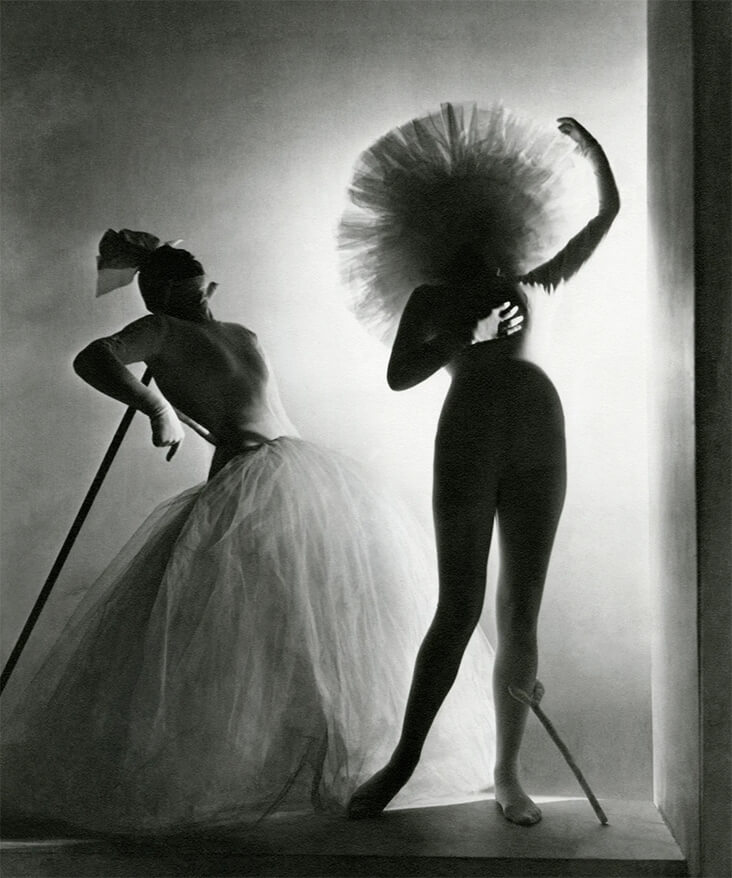
Dancers in costumes designed by Salvador Dali for the Ballets Russes production of Bacchanale, 1939, Vogue Magazine
Salvador Dali, the great master of ludicrous, Surrealist nonsense was a huge admirer of dance. Dali began designing sets and costumes for the Ballets Russes in the late 1930s, around 10 years after the death of its original founder, Sergei Diaghilev, so sadly the pair never officially worked together. But Diaghilev’s formidable shadow still loomed large over the Ballets Russes, and it is clear to see how his legacy shaped the experimental nature of Dali’s designs. Much like Diaghilev’s earlier Surrealist collaborators Joan Miro and Pablo Picasso, Dali brought the avant-garde imagery of his paintings out into the vast, epic scale of the theatrical stage, with spectacular and mesmerising results.
The choreographer Leonid Massine commissioned Dali to work with the Ballets Russes in 1939, hiring him to produce the libretto, sets and costumes for the production of Bacchanale, based on Richard Wagner’s famous opera Tannhäuser, 1845 which chronicles the infamous King Ludwig II of Bavaria’s descent into madness. Dali rose to the occasion with great gusto, envisioning what he called a “paranoic” spectacle with bizarre and disturbing imagery from the world of dreams and nightmares.
The stage set centred around an enormous wooden swan with a hole in its breast, from where dancers in an array of dazzling, fantastical costumes emerged. These included a woman wearing a rose-toned fish head, and another in a hoop skirt adorned with rows of false teeth. Others leaned on crutches, or wore tulle and evening gowns, while a male ensemble were dressed with bright-red lobsters on their thighs. In an explosive moment, Dali even designed a Venus character emerging from an enormous seashell in a skin-toned costume that made her appear entirely nude, making audiences blush with embarrassment.
Although Bacchanale was intended to open in London, the outbreak of war in September 1939 put a halt to these plans, forcing the Ballets Russes to relocate the premiere to New York’s Metropolitan Opera House. Dali’s sensational display caused shock, amazement and derision, and reviews were mixed, stirring up a frenzied storm that would have made Diaghilev proud.
Following on the success of Bacchanale, Dali continued to work with the Ballets Russes, designing the sets for Labyrinth in 1941. The show featured music by Franz Schubert and choreography by Leonid Massine, and was staged at New York’s Metropolitan Opera House. The story of Dali’s Labyrinth was based on the classical myth of Theseus and Ariadne, set in a sprawling labyrinth with a terrifying minotaur in its centre. Dali set about creating another surreal, haunting experience, conveying what he called the “time and space of a dream.”
His set featured an enormous female torso with head bowed into the shadow, while the centre of her chest opened a doorway into another realm. This strange atmosphere was further emphasised with an island of Cyprus trees floating in aqua blue water behind her and an ominous sky threatening to break into a storm overhead. Dali’s costumes were equally outrageous, including feathers, tulle, and an oversized rooster that was famously photographed outside the Rockefeller Centre by Philippe Halsman, catapulting Dali to stardom in the United States.
Dali continued his love affair with the ballet for many more years, with projects including the curtain backdrop for a Wagner production of Mad Tristan at the International Theatre of New York in 1941, and set and costume designs for Ana Maria’s Ballet Espanol production of The Three-Cornered Hat in 1949. During this time Dali also produced a huge cinematic backdrop for Alfred Hitchcock’s Spellbound, featuring grossly oversized glassy eyes and other hauntingly surreal objects, proving just how far-ranging the influence of Diaghilev’s Ballets Russes had become.





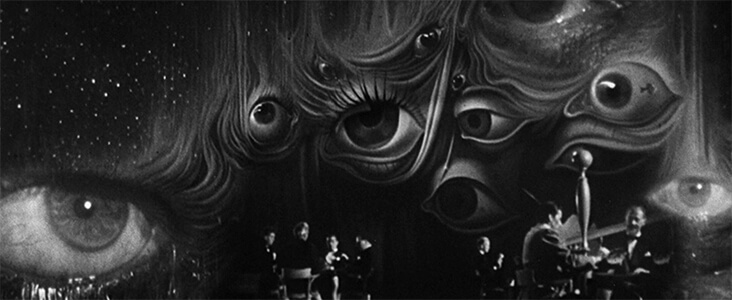
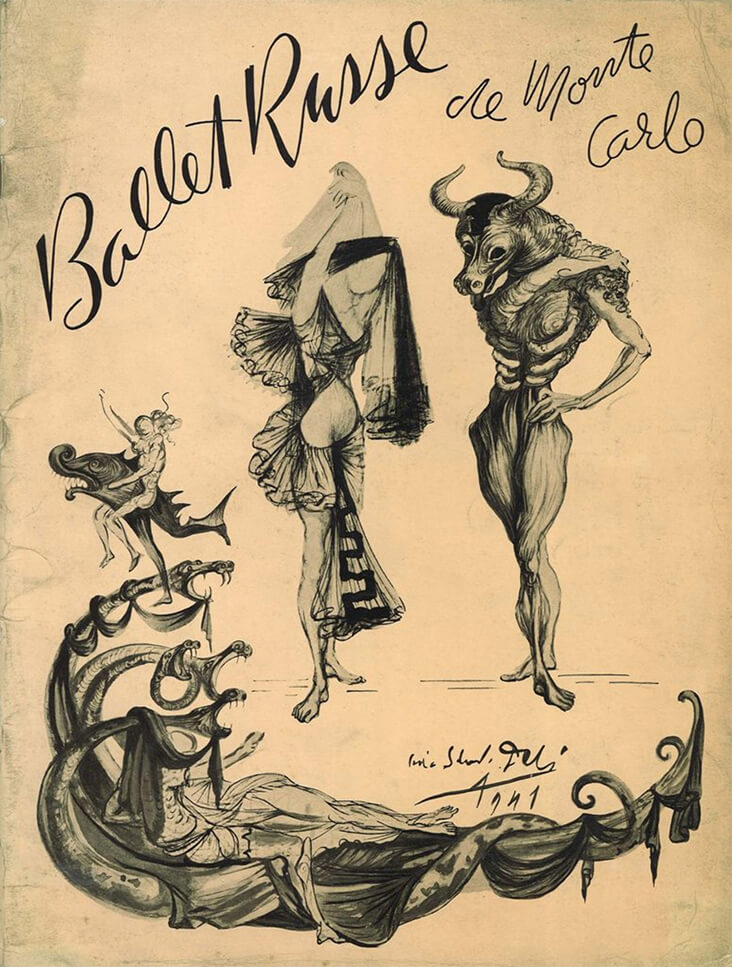
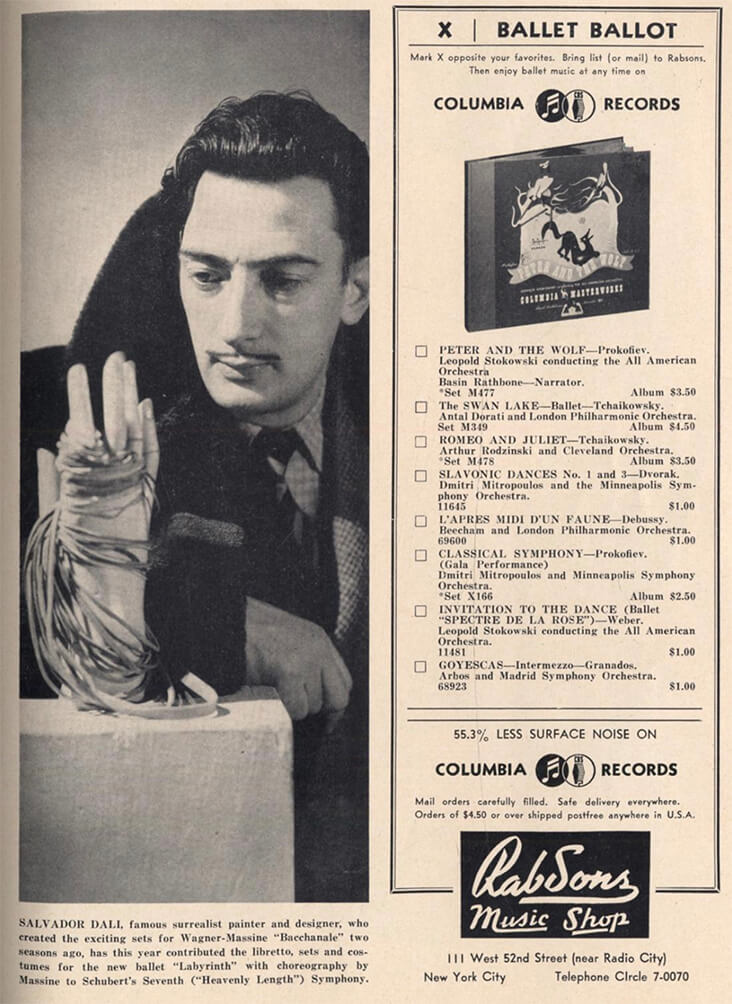
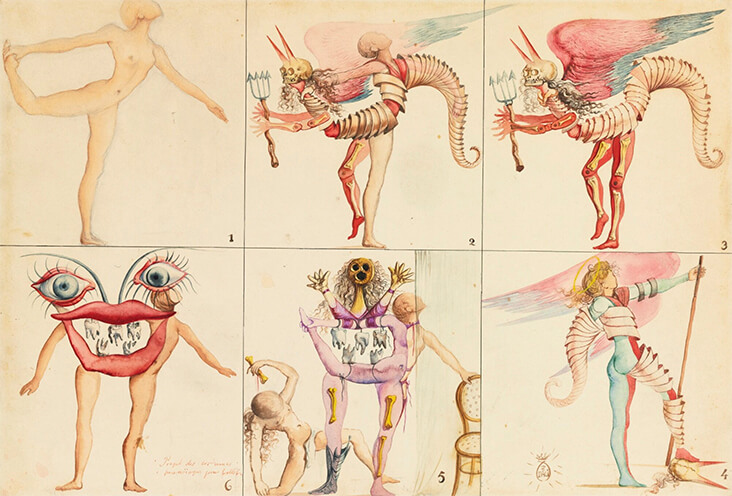
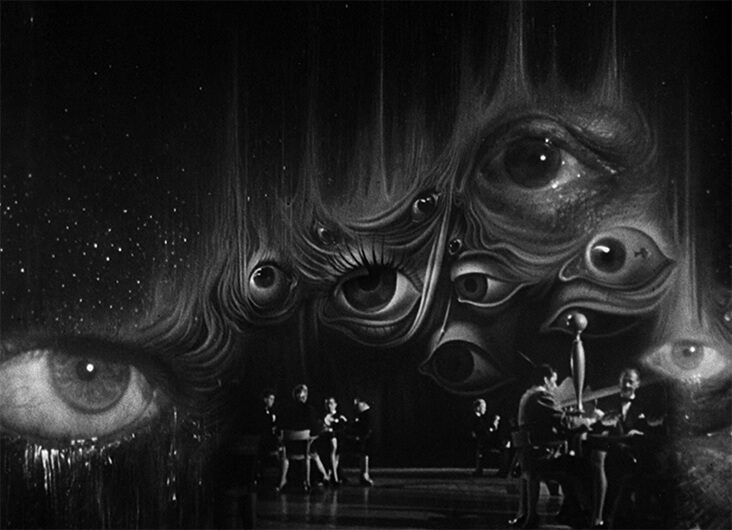



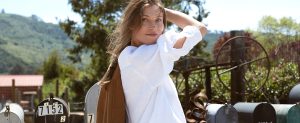
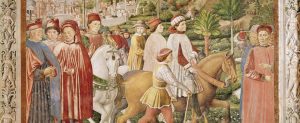


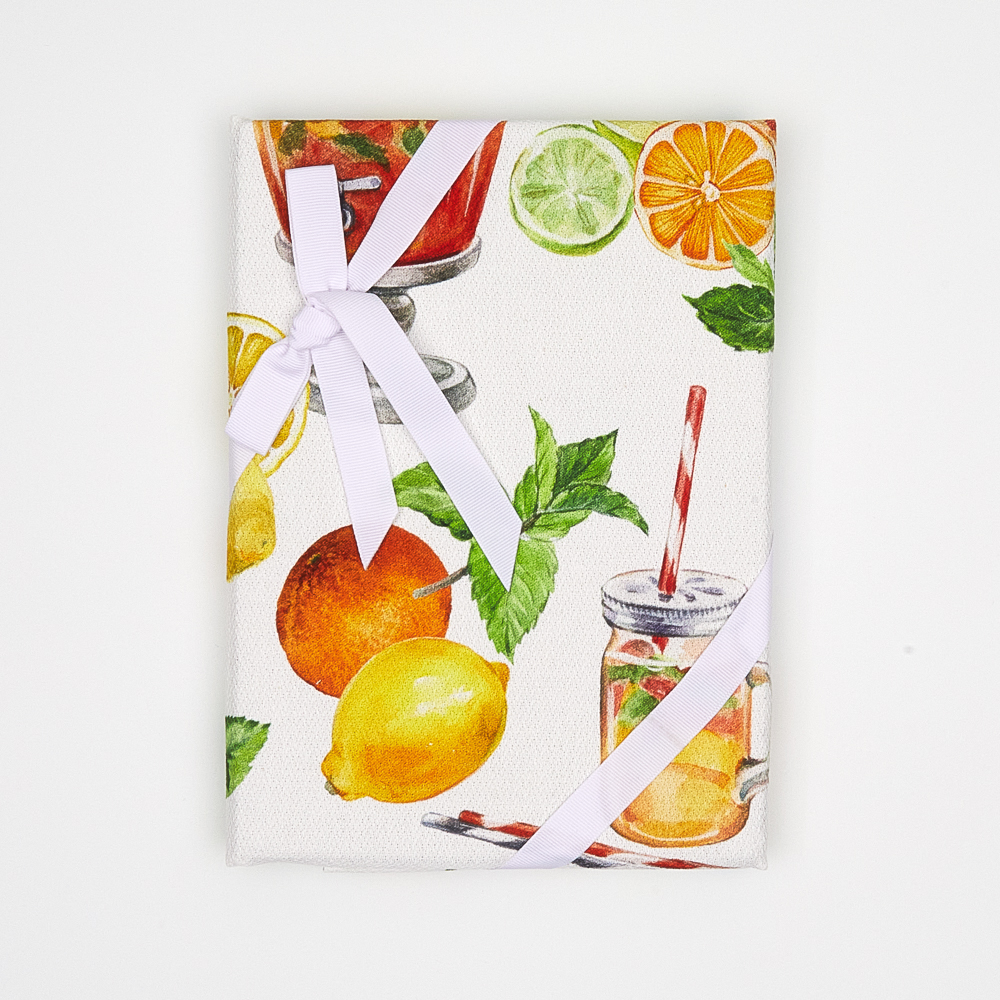









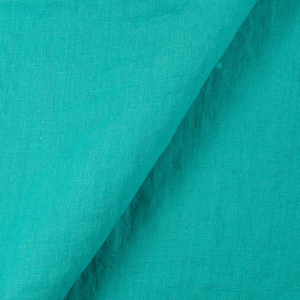


















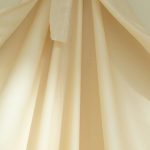


2 Comments
Vicki Lang
Thank you for the wonderful articles on the artists of the past. Some have very unique personalities such as Dali.
Rosie Lesso
Absolutely, Dali was certainly very eccentric – I love how he was able to move so freely between the different disciplines of art and design.